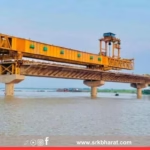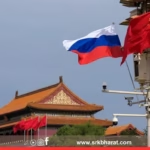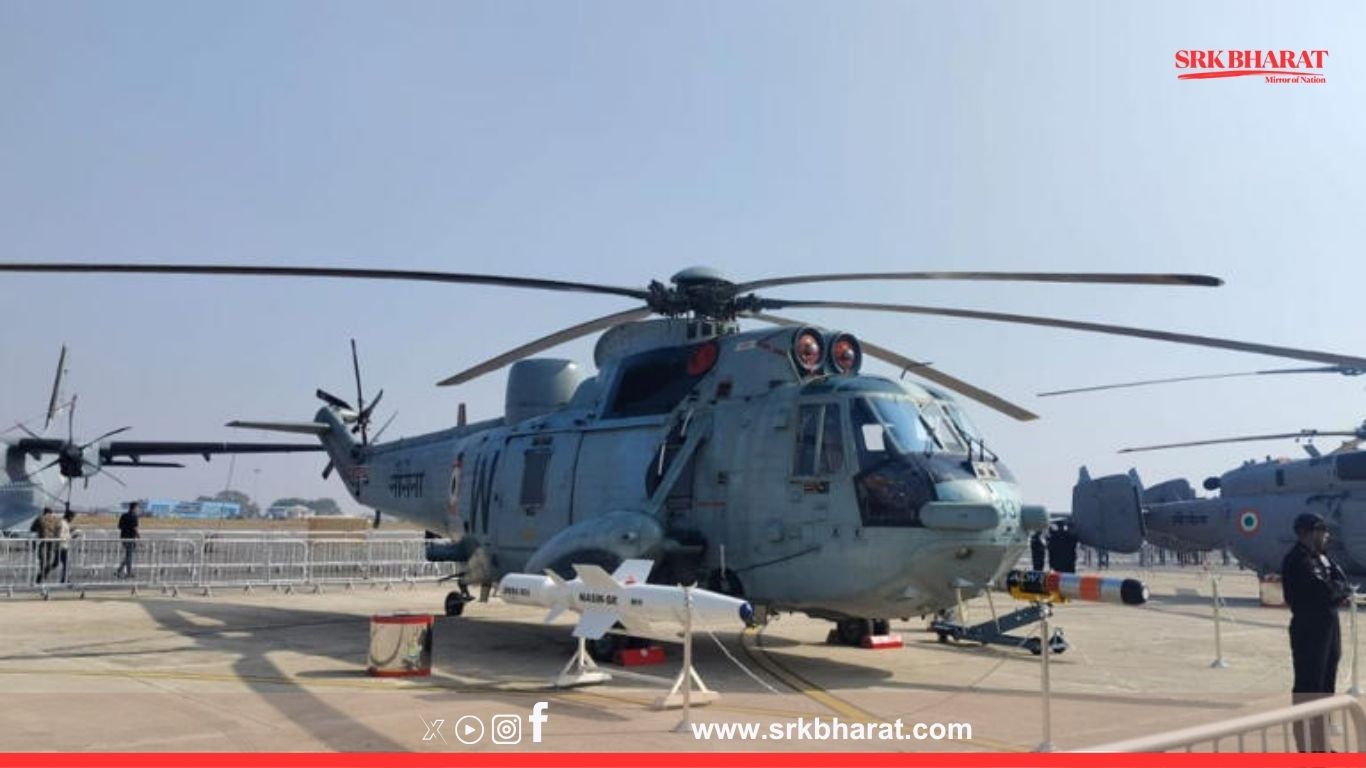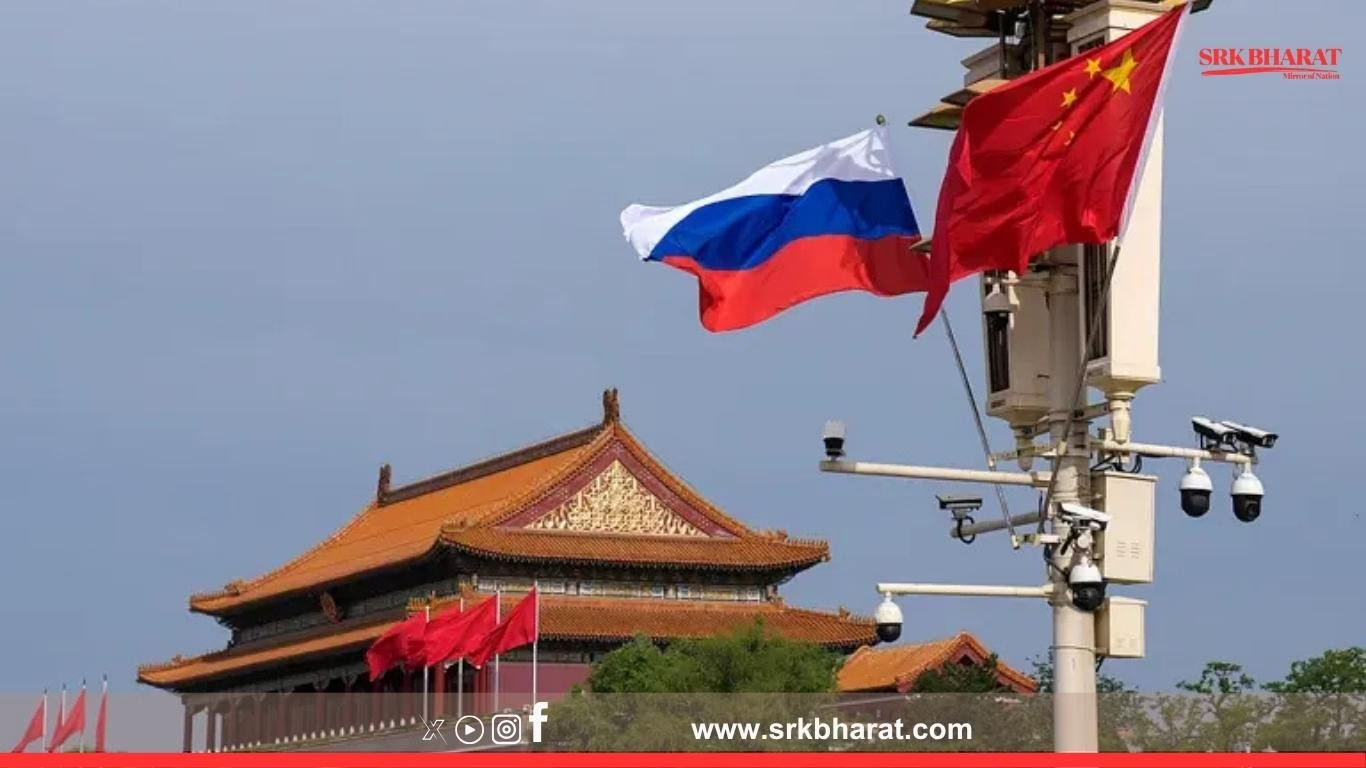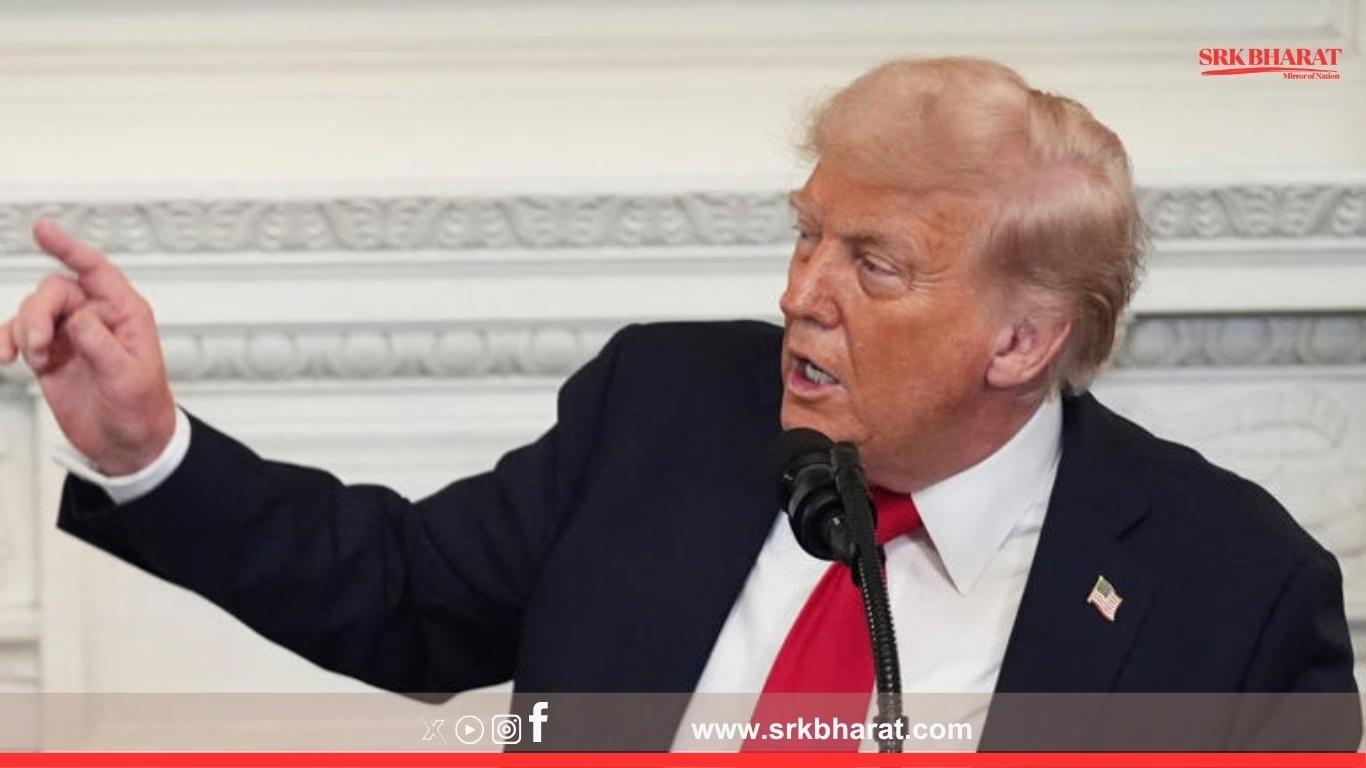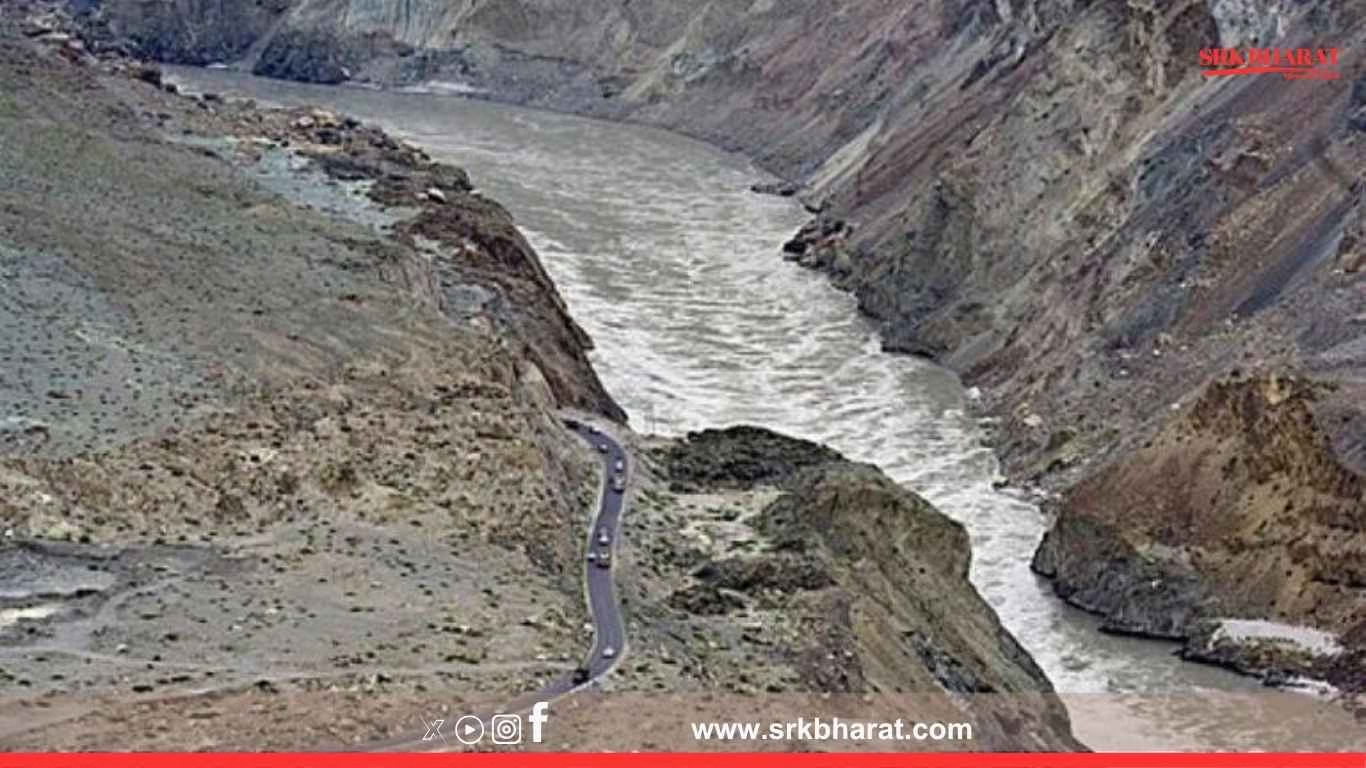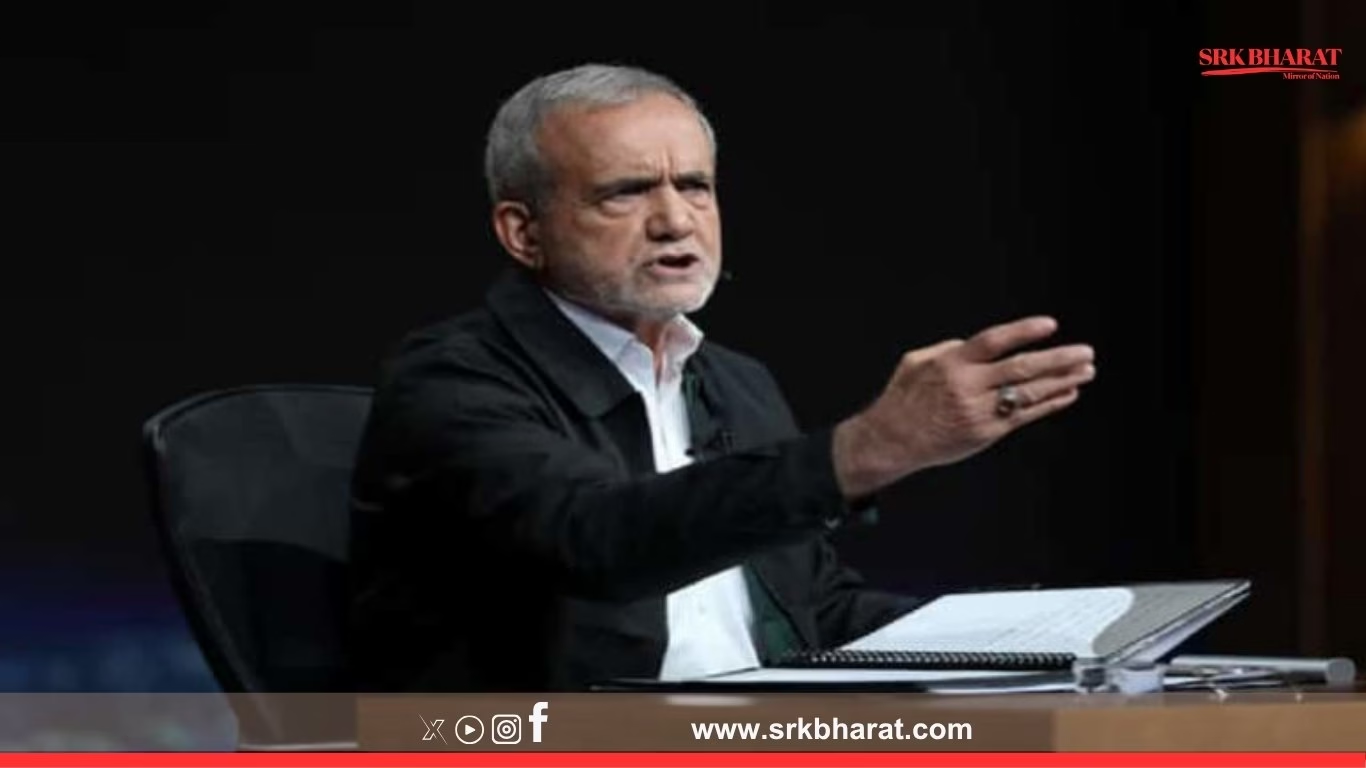The prolonged Russia-Ukraine conflict and its cascading effect on global sanctions are threatening to derail one of India’s critical defence manufacturing initiatives – the Indo-Russian joint venture for the production of 200 Kamov Ka-226T light utility helicopters. The project, seen as a key pillar under Prime Minister Narendra Modi’s “Make in India” and defence indigenisation mission, is facing operational and geopolitical uncertainties due to evolving Western restrictions on Russian defence exports and technologies.
Background of the Helicopter Deal
India and Russia signed an intergovernmental agreement in December 2015 to manufacture 200 Kamov Ka-226T helicopters, with at least 140 to be produced at a facility in Tumakuru near Bengaluru by Indo-Russian Helicopters Limited (IRHL), a joint venture between Hindustan Aeronautics Limited (HAL) and Russian Helicopters.
The helicopters were intended to replace India’s ageing fleet of Cheetah and Chetak helicopters, widely used for logistics, reconnaissance, casualty evacuation, and Himalayan operations. The Ka-226T’s twin-engine configuration, high-altitude capability, and modular design were considered ideal for Indian Army and IAF requirements.
How the Ukraine War Complicates the Project
The Ukraine conflict, now in its third year, has triggered multiple challenges:
- Western Sanctions on Russian Defence Firms: Russian Helicopters, the original equipment manufacturer, faces sanctions from the US, EU, UK, and allied countries, restricting its access to international financing, insurance, parts, and logistics networks.
- Technology Sourcing Issues: The Ka-226T uses critical components of Western origin, including French Safran (formerly Turbomeca) Arrius 2G1 engines. With tightening sanctions, sourcing such engines for helicopters assembled in India remains uncertain.
- Payment Mechanism Disruptions: Sanctions have impacted the SWIFT banking channels for Russian defence firms, delaying payments and settlement mechanisms critical to the joint venture’s functioning.
- Supply Chain Constraints: The Russia-Ukraine war has disrupted Russian aerospace supply chains, with Ukraine historically being a major supplier of avionics, components, and engine subsystems for Soviet-origin platforms.
Current Status of the Project
| Parameter | Status |
|---|---|
| MoU Signed | December 2015 |
| Joint Venture Formation | 2017 |
| Proposed Units | 200 (60 imported, 140 made in India) |
| Manufacturing Site | Tumakuru, Karnataka |
| Operational Delays | No deliveries yet; project stalled amid cost escalation and sanctions. |
Strategic Implications for India
- Impact on Army and IAF Operations: The continued delay in Ka-226T induction affects India’s light helicopter capability at forward posts in Ladakh, Siachen, and Arunachal Pradesh.
- Indigenisation Goals at Risk: The helicopter deal was structured to transfer significant manufacturing capabilities to HAL. Prolonged delays may affect India’s defence self-reliance plans.
- Potential for Alternative Options: HAL’s own Light Utility Helicopter (LUH) is now closer to production readiness. However, it will take additional time to reach large-scale production and deployment, widening capability gaps in the interim.
- Diplomatic Dilemmas: India continues to maintain strategic ties with Russia while deepening defence partnerships with the US and France. The Ka-226T project exposes vulnerabilities in overdependence on Russia amidst Western sanctions regimes.
Alternative Solutions Being Explored
| Option | Description | Challenges |
|---|---|---|
| Accelerated LUH Induction | HAL’s indigenous 3-tonne class LUH for Army and IAF | Requires fast-tracking certification and production scaling. |
| Global OEM Procurement | Buying light helicopters from Airbus or Bell | High foreign exchange outflow; goes against “Make in India” policy. |
| Redesign Ka-226T Engine Integration | Replace French engine with Russian alternatives | Complex re-certification and design modification delays. |
Russian Commitment to the Project
Despite global sanctions, Russian officials continue to reiterate their commitment to the Ka-226T production plan. Recently, officials from Rostec, the parent company of Russian Helicopters, suggested exploring rupee-rouble payment settlements and re-engineering options to bypass sanction-linked bottlenecks.
However, industry experts caution that “any solution will require at least 2-3 years of redesign, re-certification, and re-negotiation on costs and delivery schedules.”
Financial Implications for India
The total deal value, estimated at over $1 billion, is now under review as escalating costs of manufacturing, logistics, insurance premiums, and re-engineering are making the original commercial viability questionable.
| Cost Factor | Initial Estimate | Current Challenges |
|---|---|---|
| Helicopter Unit Cost | Approx. $5-6 million | Likely escalation due to sanctions-related logistics. |
| Engine Sourcing | Safran engines included | French supply under question; Russian alternatives costlier. |
| Manufacturing Localisation | Up to 70% | Dependent on Russian technology transfer. |
Geopolitical Dimensions
The Ka-226T project reflects India’s tightrope walk in global geopolitics:
- Russia as Traditional Defence Partner: Russia remains a key supplier of fighter jets, tanks, submarines, and missiles to India’s armed forces.
- US and European Pressure: India risks secondary sanctions or restrictions on future joint development projects if it expands sanctioned Russian defence manufacturing in India.
- China Factor: Any delay in helicopter induction affects India’s capability to respond swiftly along the Line of Actual Control (LAC) where high-altitude mobility is critical.
Way Forward
Defence analysts suggest India should:
- Prioritise LUH Production: Increase budget allocations and ecosystem support for HAL’s indigenous LUH to mitigate dependency risks.
- Negotiate Engine Supply Waivers: Seek diplomatic and OEM-level solutions with France for Ka-226T engine supplies despite Russia sanctions.
- Diversify Defence Partnerships: Balance between Russia, US, Europe, and Israel to avoid excessive reliance on a single source country.
- Reassess Project Cost-Benefit: Evaluate whether redesigning and sanction-proofing Ka-226T manufacturing is financially viable compared to indigenous options.
Broader Defence Industry Lessons
The Ka-226T delays highlight systemic risks for India’s defence procurement:
- Need for strategic autonomy in design and manufacturing
- Risks of dependency on multinational supply chains in a geopolitically volatile environment
- Urgency of strengthening indigenous R&D and production capacities under ‘Atmanirbhar Bharat’
Conclusion
While India continues to pursue the Ka-226T deal as a symbol of Indo-Russian strategic cooperation, the Ukraine conflict and its global aftershocks underscore the importance of resilient, independent defence manufacturing capabilities. The helicopter joint venture, once hailed as a Make in India success story, now faces an uncertain future unless decisive diplomatic, engineering, and policy interventions are undertaken swiftly.
Disclaimer: This content is intended for informational purposes only. It does not constitute defence policy advice or investment recommendations.

